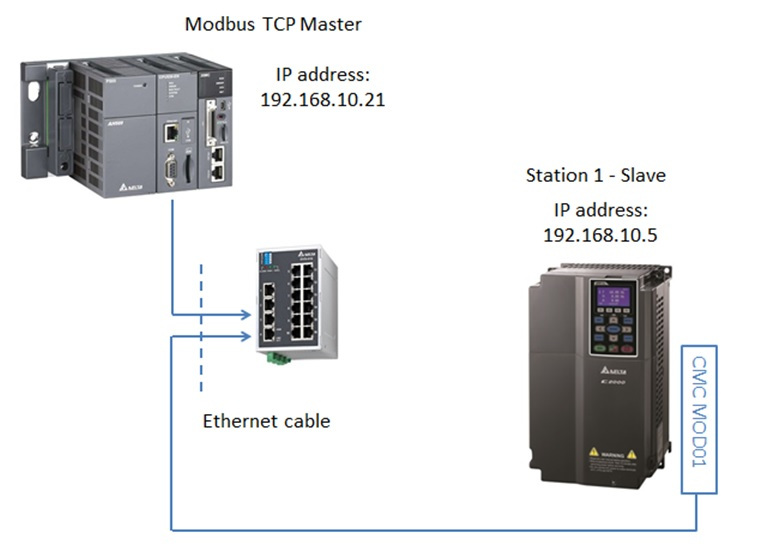

Sabyasachi Das, the project leader, that the sociocultural dimension of native chicken has not been a focus of the project, I made arrangements to visit the project area, located in the Paderu and Araku (hilly) regions of the Visakhapatnam and Srikakulam districts of Andhra Pradesh, to learn more.īeing born and raised in urban India, I knew chicken only as a food or a pet (I kept a few when I was a kid). Locals use different native chicken breeds as per the situation and context of local rituals/festivals.” Intrigued by this piece of information and upon confirmation with Dr. The price of desi chicken (i.e., breeds native to India) spikes and fetches double the price at local markets during local festivals. Native chicken breeds are exclusively used in local rituals and festivals, hence highly valued locally. It reads, “Native chicken breeds have significant cultural value which the improved breeds lack. Something caught my attention when I was editing the document. The project was started by WASSAN (Watershed Support Services and Activities Network), the organization with which I’m currently associated.


Photo: Chandrasekhar Nemani, 2018Ī few months ago, I received a document written by my colleague Uday Kalyanapu about the success of a backyard poultry project in the tribal-dominated areas of the Indian state of Andhra Pradesh. To learn more about why people in India value desi (native) chicken breeds for use in rituals, festivals, and traditional healing, I went to the picturesque Paderu and Araku regions in Andhra Pradesh.


 0 kommentar(er)
0 kommentar(er)
